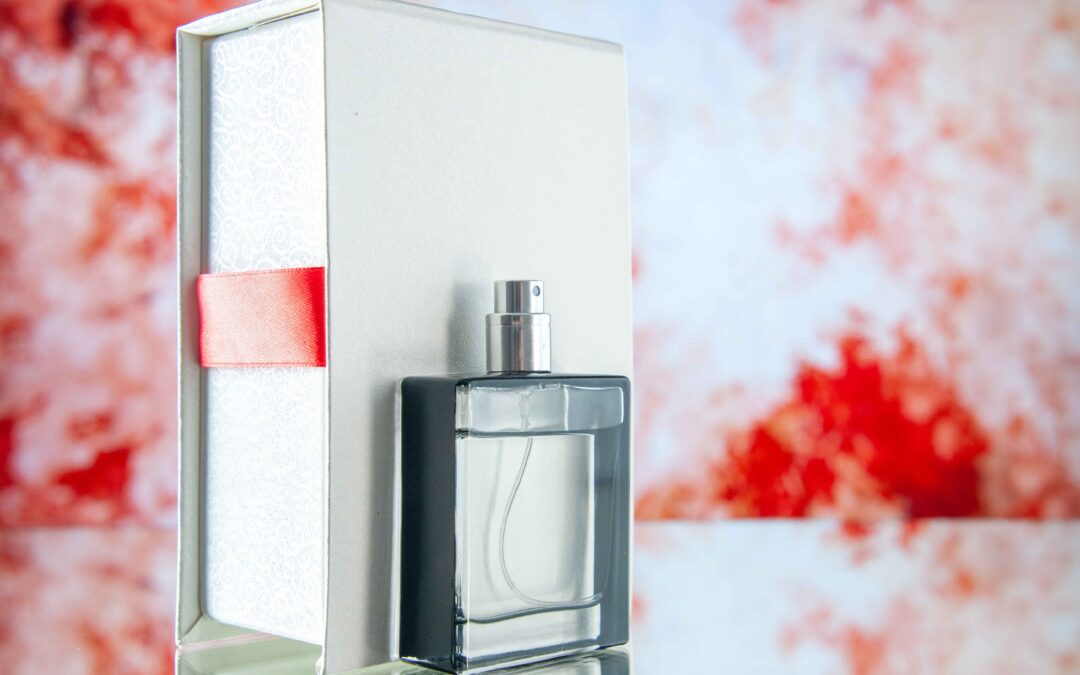Chemical peels are non-invasive cosmetic treatments that use chemical solutions to exfoliate and remove the outermost layers of skin. This process reveals a fresher, smoother, and more radiant layer beneath. The depth of exfoliation can range from superficial to deep, depending on the strength of the peel and the type of acid used. Common agents include alpha-hydroxy acids (AHAs), beta-hydroxy acids (BHAs), trichloroacetic acid (TCA), and phenol. By triggering controlled damage, chemical peels stimulate the skin’s natural repair processes, resulting in improved texture, tone, and clarity.
The Skin Renewal Process: What Happens After a Peel:
One of the key benefits of Chemical Peels in Dubai (التقشير الكيميائي في دبي) is their ability to support the skin’s natural renewal cycle. After a peel, the treated layers begin to slough off, making way for new skin cells. This regeneration process helps replace damaged or aged skin with a healthier layer. Fine lines may appear softened, hyperpigmentation can become less noticeable, and acne scars often diminish. The skin not only looks younger but also functions better by improving hydration levels and increasing collagen production over time.
Types of Chemical Peels and Their Impact:
Chemical peels come in various types, each designed to address different skin concerns. Superficial peels, often using glycolic or lactic acid, target the epidermis and are ideal for light exfoliation, dullness, and minor discoloration. Medium-depth peels penetrate deeper into the dermis, commonly using TCA, and are effective for sun damage, fine lines, and uneven tone. Deep peels, such as those using phenol, reach the lower dermis and are reserved for severe skin conditions like deep wrinkles or scars. Each peel type has unique recovery times and outcomes, but all contribute to long-term skin health when used appropriately.
Benefits Beyond Aesthetics:
While chemical peels are often associated with cosmetic enhancement, they also offer therapeutic benefits. They can help treat chronic skin conditions such as acne, rosacea, and melasma by regulating oil production and promoting an even skin tone. For acne sufferers, peels that contain salicylic acid are especially beneficial, as they penetrate pores and reduce inflammation. For individuals dealing with age-related concerns, chemical peels stimulate collagen and elastin, critical proteins that maintain skin firmness and elasticity. The improved cellular turnover also boosts the effectiveness of skincare products, allowing active ingredients to penetrate more efficiently.
Suitability for Different Skin Types and Tones:
A common misconception is that chemical peels are only suitable for lighter skin tones. However, with the right formulation and technique, chemical peels can be safely used across all skin types and ethnicities. The key lies in choosing the correct peel concentration and monitoring the skin’s response. For individuals with darker complexions, gentler peels and slower treatment approaches can minimize the risk of hyperpigmentation. Proper pre- and post-care, such as sun protection and skin hydration, also plays a crucial role in ensuring successful outcomes for all skin types.
Preparing for a Chemical Peel:
Preparation is an essential part of the chemical peel process and greatly affects the final result. Prior to undergoing a peel, the skin should be preconditioned with a gentle skincare routine that may include exfoliants and brightening agents. This helps to even out the skin tone and reduce the risk of adverse effects. Sun exposure should be minimized, and certain medications or products that increase skin sensitivity should be avoided. Clear communication about skin goals, sensitivities, and previous treatments helps tailor the peel to the individual’s specific needs, ensuring optimal results and minimal side effects.
Post-Peel Care and Recovery:
Recovery from a chemical peel varies depending on its strength, but proper aftercare is universally important. Immediately after treatment, the skin may appear red, tight, or flaky. During the recovery phase, moisturizing and sun protection are essential. Avoiding harsh products or picking at peeling skin helps prevent scarring or irritation. As new skin emerges, it’s typically more sensitive and requires gentle handling. With time, the complexion becomes visibly brighter, smoother, and more even-toned. Regular hydration and SPF application help maintain and extend the benefits of the peel, supporting ongoing skin renewal.
Long-Term Effects and Maintenance:
Chemical peels can be incorporated into a long-term skincare regimen for continuous benefits. When done periodically, they support healthy skin turnover and prevent the buildup of dead skin cells. This consistency helps in managing acne, pigmentation, and fine lines effectively. Over time, the skin becomes more resilient, refined, and youthful-looking. Combining chemical peels with other non-invasive treatments or a well-formulated skincare routine can enhance results further. Understanding the skin’s evolving needs and adjusting the type and frequency of peels accordingly ensures sustained improvements and radiant skin for the long term.
Conclusion:
Chemical Peels in Dubai (التقشير الكيميائي) offer a powerful yet accessible solution for revitalizing the skin by harnessing the body’s natural renewal processes. Whether targeting acne, fine lines, pigmentation, or simply dull skin, these treatments provide noticeable improvements in texture, tone, and clarity. With proper preparation, individualized selection, and consistent aftercare, chemical peels can be safely and effectively integrated into any skincare routine. As a result, they not only enhance appearance but also promote long-term skin health, making them a trusted choice for those seeking radiant, refreshed skin.







0 Comments